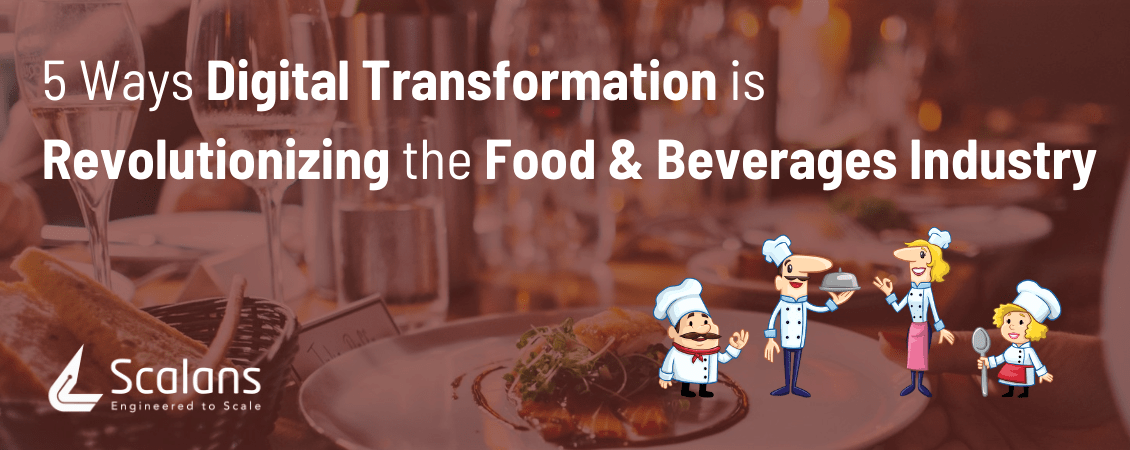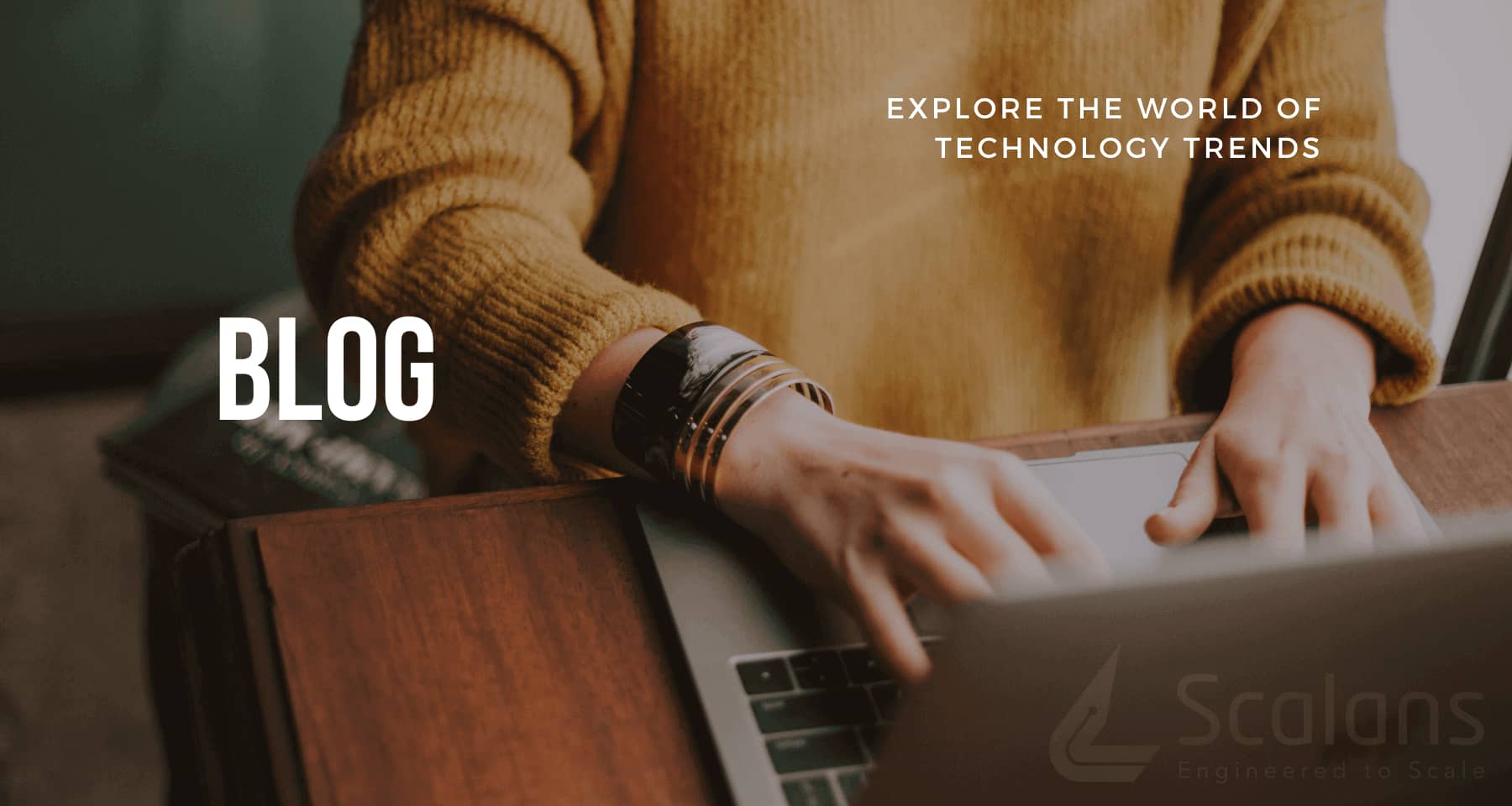
5 Ways Digital Transformation is Revolutionizing the Food & Beverages Industry
Technology has touched almost every field of human endeavour, and the food and beverages sector is also not left behind. In order to keep pace with the ever-changing consumer expectations, the F&B industry is adopting various tech innovations to digitize manufacturing and related processes.
This article discusses 5 digital technologies that are transforming the food and beverages industry in various ways.
- Robots: For Ensuring Faster and Safer Food Production
The demand for automated solutions has accelerated the emergence of AI-powered robotic systems in the F&B industry. A survey conducted in 2019 predicts the global food robotics market to reach $3.1 billion by 2025.
Advanced food robots save production time and labor costs by performing jobs like cleaning, sorting, blending, butchery, packaging, and so on. This prevents the risk of food contamination due to human contact and also ensures personnel safety by handling tasks that are otherwise dangerous for humans in a factory environment.
- ERP Software: For Inventory Management
Customized Enterprise Resource Planning (ERP) solutions like a farm inventory app aid in the proper inventory management of food raw materials and other resources by presenting an overview of parameters like size, weight, numbers, etc. in real-time.
This reduces food wastage due to overstocking or cross-contamination and the related revenue losses can be controlled. ERP tools also help manufacturers to strictly comply with food safety standards mandated by regulatory agencies like the FDA.
- IIoT Sensors: For Improving Equipment Efficiency
The Industrial Internet of Things (IIoT) plays a key role in the smooth functioning of a food manufacturing facility. Smart sensors monitor and measure in real-time, factors like temperature, pressure and humidity variations in equipments that process and store food/beverages.
Anomalies detected by the sensors will be alerted to the operating personnel via IoT apps. Also, it helps in the predictive maintenance of machinery, thereby reducing downtimes.
- Blockchain: For Enhancing Product Transparency
Food traceability and supply chain transparency are really important to build consumer trust. Today’s consumers expect healthier and safer food and beverages and hence, they prefer to know the product’s origins; source of seeds/meat/milk, ingredients used, certifications earned, storage conditions, transportation methods, etc.
Blockchain technology helps in tracking the various stages of food production by collecting data from multiple sources and presenting an immutable, single source of truth to consumers. Thus, food quality is ensured and frauds like tampering and counterfeiting are eliminated.
- Predictive Analytics: For Demand Forecasting
Demand fluctuations, if not predicted accurately, can have a negative impact on the overall revenue of a food manufacturer. For example, an overestimation of demand for quickly perishable food products can incur huge losses.
Data-driven demand forecasting using Machine Learning (ML) techniques like Predictive analytics greatly help in understanding customer choices and purchasing behavior. For this, fresh and historical data aggregated from various sources are used to build predictive models that can correctly forecast future demand.
Conclusion
The right integration of these technologies can, to a great extent, solve pressing problems like food wastage and revolutionize the way we produce food. And with the services of an experienced technology vendor, your food business can go a long way to satisfy consumers’ palates!



